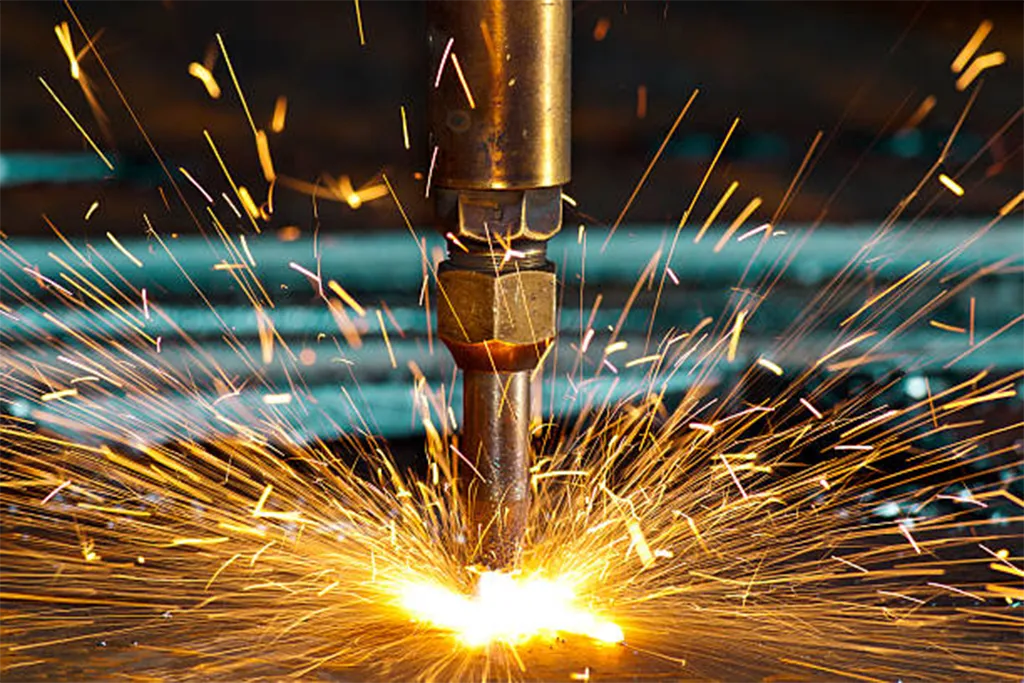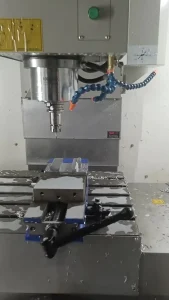Many people wonder if laser cutting and CNC cutting are the same. While both technologies are widely used in manufacturing, they have distinct differences. Understanding these differences can help you choose the right method for your project. In this article, we will compare laser cutting and CNC cutting, highlighting their unique features and applications.

What is Laser Cutting?
Laser cutting uses a high-powered laser beam to cut through materials. This technology can work with various materials, including metals, plastics, wood, and fabrics. The laser beam focuses on a small area, generating intense heat. This heat melts or vaporizes the material, creating precise cuts. Laser cutting is known for its accuracy and speed, making it a popular choice for intricate designs.
What is CNC Cutting?
CNC stands for Computer Numerical Control. CNC cutting uses a computer to control machines, such as mills, lathes, and routers. These machines shape materials by removing excess material. CNC cutting can work with metals, plastics, and wood as well. The process involves creating a detailed digital design, which the CNC machine follows to achieve the desired shape. This method is versatile and widely used in various industries.
Key Differences
Cutting Method
The primary difference between laser cutting and CNC cutting lies in their cutting methods. Laser cutting employs a focused laser beam to cut materials, while CNC cutting uses physical tools to remove material. This distinction leads to differences in precision and application.
Precision and Detail
Laser cutting typically offers higher precision than CNC cutting. The focused laser beam allows for intricate designs and tight tolerances. This makes laser cutting ideal for projects requiring detailed work, such as signage or intricate patterns. On the other hand, CNC cutting can achieve good precision but may not match the level of detail that laser cutting provides.
Speed and Efficiency
When it comes to speed, laser cutting often outperforms CNC cutting. Laser cutters can operate quickly, making them suitable for high-volume production. CNC machines, while efficient, can be slower due to the physical cutting process. This difference in speed can impact project timelines and costs.
Material Compatibility
Both methods can cut a wide range of materials. However, laser cutting is particularly effective on thin materials. It excels with materials like acrylic and sheet metal. CNC cutting, meanwhile, is better suited for thicker materials. This makes CNC machines ideal for heavy-duty applications, such as machining large metal parts.
Cost Considerations
Cost is an important factor when choosing between laser cutting and CNC cutting. Laser cutting machines can have higher initial costs due to the technology involved. However, they often provide faster production and less waste, leading to lower long-term costs. CNC cutting machines may have lower upfront costs, but their operational costs can increase due to longer production times and material waste.
Applications of Each Method
Laser cutting is commonly used in industries like signage, aerospace, and electronics. Its precision makes it ideal for creating intricate designs. CNC cutting is prevalent in manufacturing, automotive, and woodworking. It excels in producing larger parts and components that require shaping and milling.
Conclusion
In summary, laser cutting and CNC cutting are not the same. Each method has its advantages and is suited for different applications. Laser cutting offers precision and speed, making it ideal for detailed work. CNC cutting provides versatility and is better for thicker materials. Understanding these differences will help you choose the right cutting method for your project. Whether you need intricate designs or larger components, both technologies have their place in modern manufacturing. Ultimately, the choice depends on your specific needs and budget.






